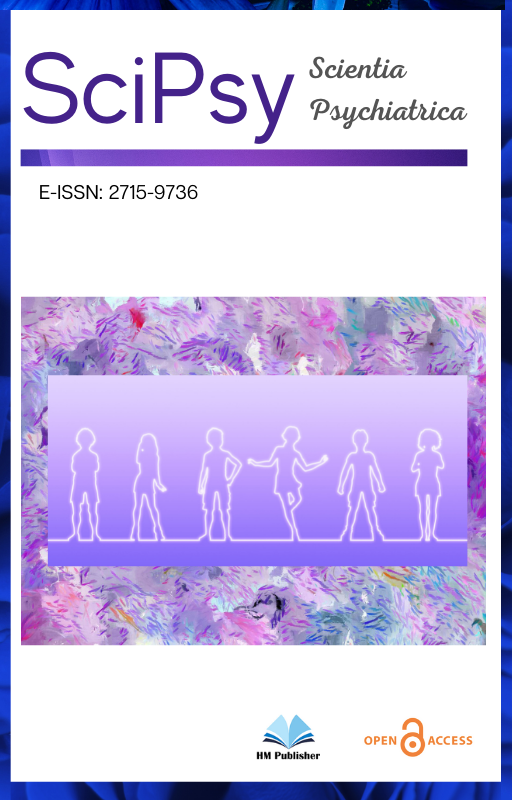Main Article Content
Abstract
Introduction: Attention-deficit/hyperactivity disorder (ADHD) and autism spectrum disorder (ASD) are prevalent neurodevelopmental conditions sharing potential etiological overlaps, including neurotransmitter dysregulation and altered neural connectivity, processes which might manifest structurally in the retina, an accessible part of the central nervous system. Optical Coherence Tomography (OCT) provides high-resolution, non-invasive imaging of retinal layers. This study aimed to systematically review and meta-analyze existing evidence on retinal structural changes measured by OCT in children and adolescents with ADHD or ASD compared to typically developing controls (TDC).
Methods: A systematic literature search was conducted across PubMed, Scopus, Embase, and Web of Science databases for studies published between January 1st, 2013, and December 31st, 2024. Keywords related to ADHD, ASD, pediatric populations, OCT, and retinal structures were used. Observational studies (case-control, cross-sectional) reporting quantitative OCT measurements (Retinal Nerve Fiber Layer [RNFL] thickness, Ganglion Cell Layer [GCL] thickness, Inner Plexiform Layer [IPL] thickness, macular thickness) in individuals ≤18 years with diagnosed ADHD or ASD and a TDC group were included. Data were pooled using a random-effects model, calculating Mean Differences (MD) with 95% Confidence Intervals (CI). Heterogeneity was assessed using the I² statistic. This meta-analysis synthesized data from seven studies.
Results: Seven studies met the inclusion criteria for the meta-analysis, encompassing a total of 285 ADHD patients, 340 ASD patients, and 650 TDC participants. Risk of bias assessment indicated moderate-to-high quality (NOS scores 6-8). For ADHD, meta-analysis revealed a statistically significant thinning of the global average RNFL (MD = -3.15 µm; 95% CI [-4.95, -1.35]; p=0.0006; I²=45%) and GCL thickness (MD = -2.05 µm; 95% CI [-3.10, -1.00]; p=0.0001; I²=30%) compared to TDC. No significant difference was found in average macular thickness. For ASD, a significant thinning was observed in the GCL (MD = -2.50 µm; 95% CI [-3.80, -1.20]; p=0.0002; I²=55%) and IPL (MD = -1.85 µm; 95% CI [-2.90, -0.80]; p=0.0006; I²=40%) compared to TDC. Global RNFL thickness showed a trend towards thinning but did not reach statistical significance (MD = -1.90 µm; 95% CI [-4.10, 0.30]; p=0.09; I²=60%). Macular thickness was not significantly different. Heterogeneity was moderate for most analyses.
Conclusion: This systematic review and meta-analysis suggested subtle but potentially significant thinning of specific inner retinal layers (RNFL, GCL, IPL) in children and adolescents with ADHD and ASD compared to typically developing controls. These findings lend support to the hypothesis of shared neurodevelopmental alterations affecting both the brain and retina in these disorders. However, considerable heterogeneity and the limited number of studies underscore the need for larger, longitudinal, well-controlled investigations with standardized protocols before OCT could be considered a reliable biomarker.
Keywords
Article Details
As our aim is to disseminate original research article, hence the publishing right is a necessary one. The publishing right is needed in order to reach the agreement between the author and publisher. As the journal is fully open access, the authors will sign an exclusive license agreement.
The authors have the right to:
- Share their article in the same ways permitted to third parties under the relevant user license.
- Retain copyright, patent, trademark and other intellectual property rights including research data.
- Proper attribution and credit for the published work.
For the open access article, the publisher is granted to the following right.






